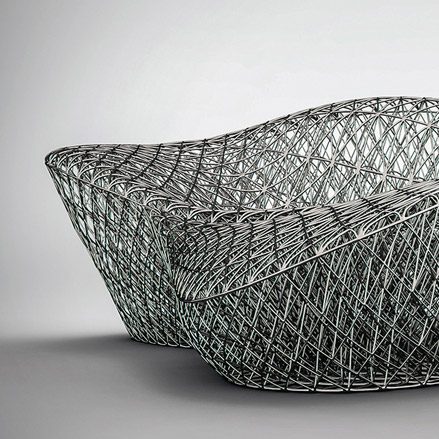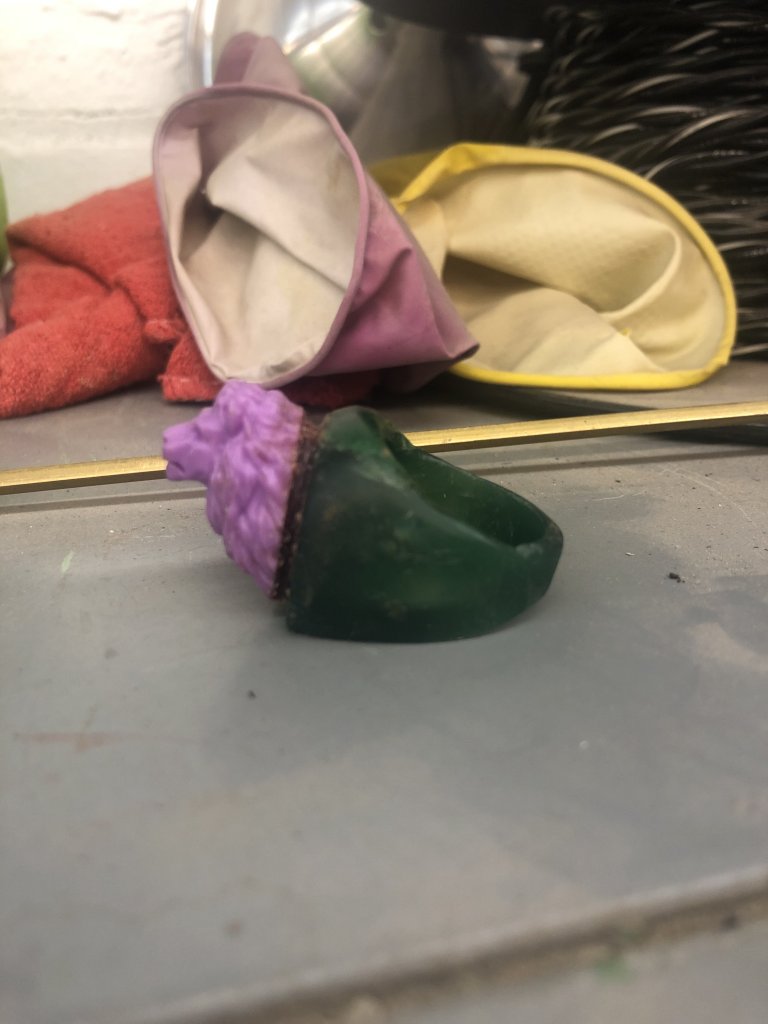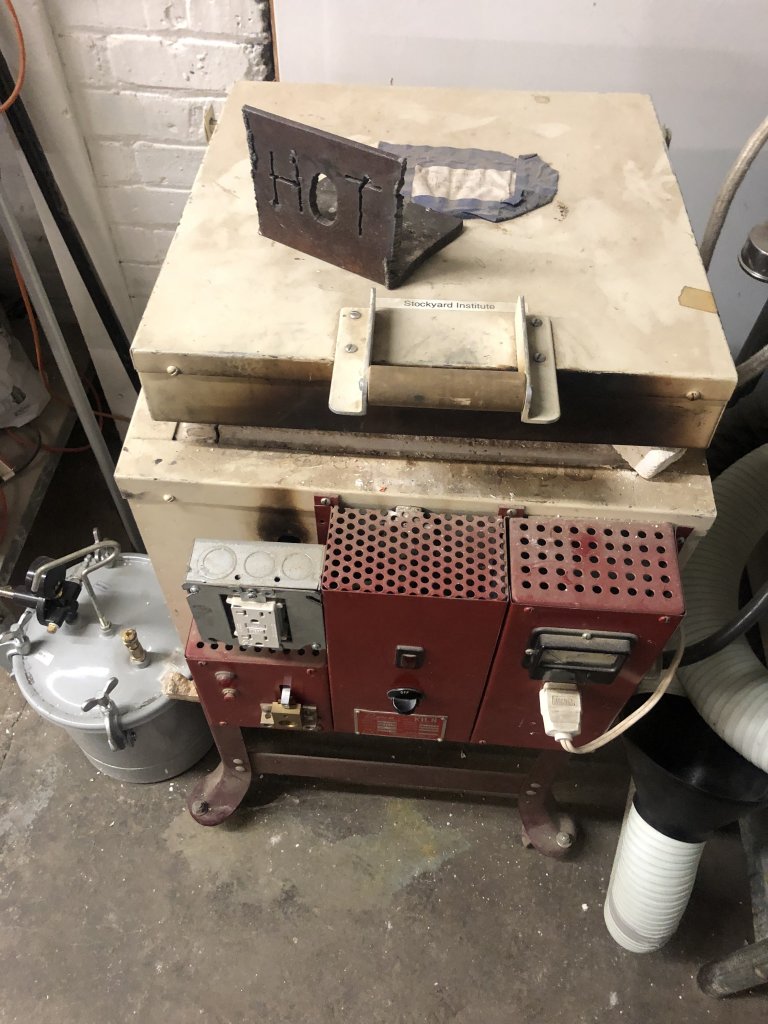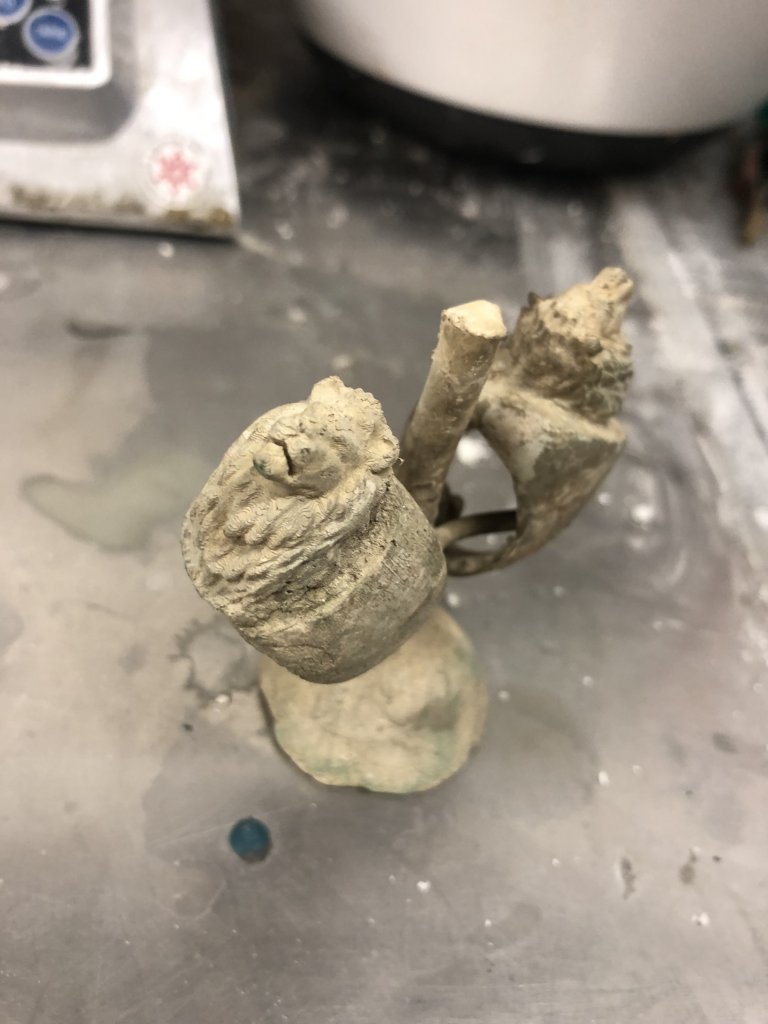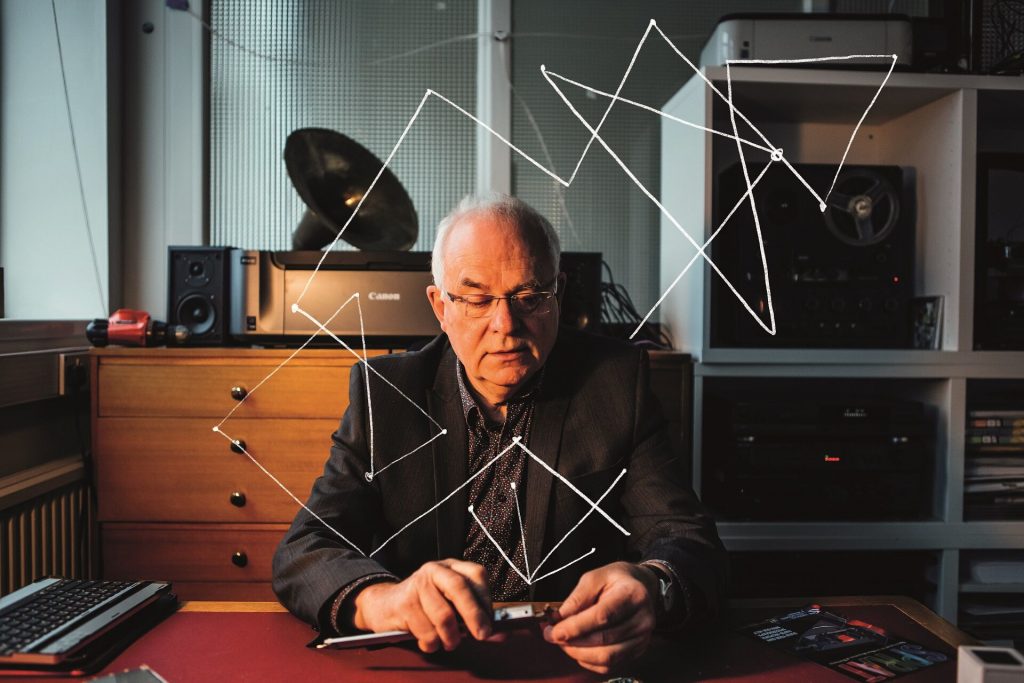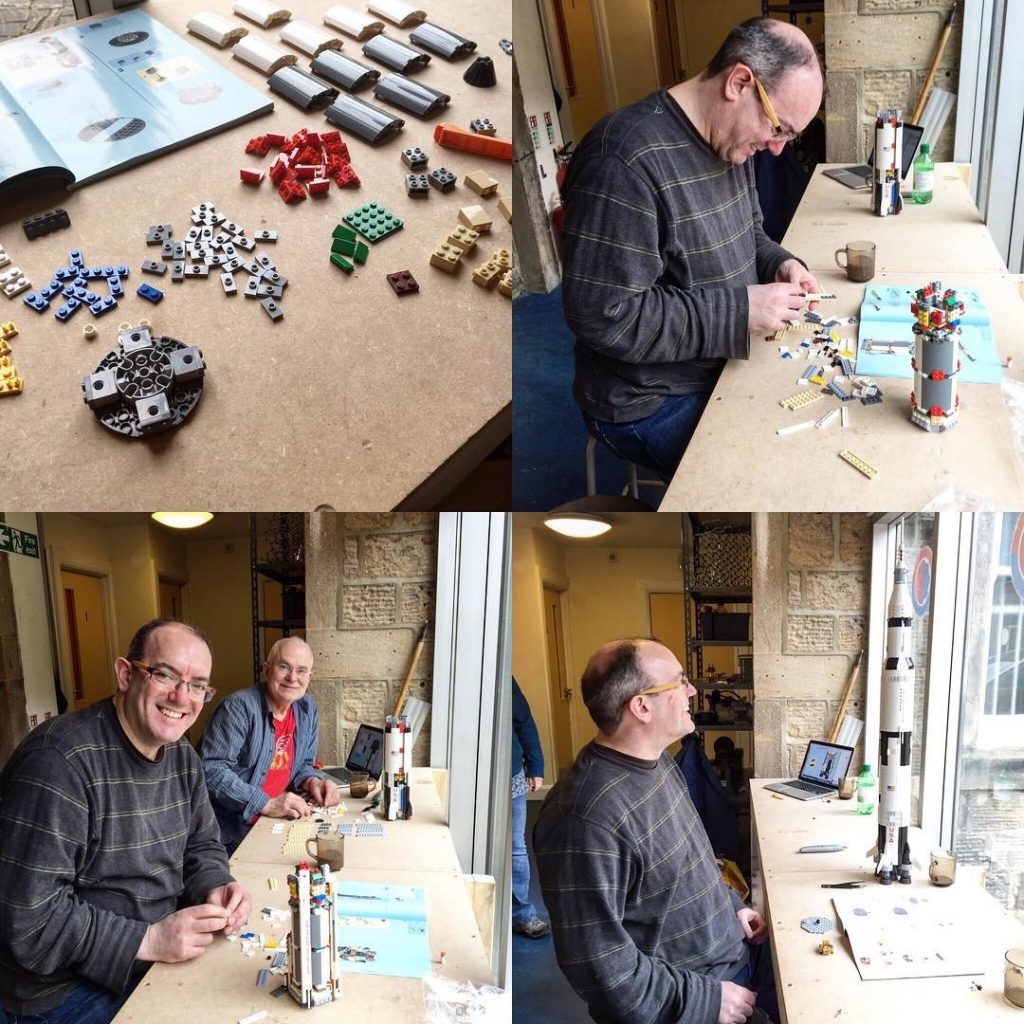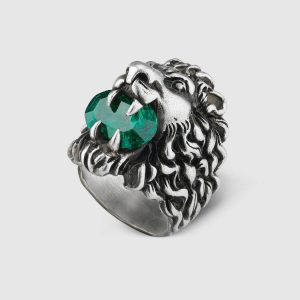Janne Kyttanen is a whirlwind of innovation, ideas and designs. The pioneering 3D printing designer was one of the first to couple design and 3D printing, the first to sell 3D printed design goods and is a leader in creativity in our space. Janne thinks that we need more creativity in 3D printing. Previously we interviewed Janne whose also the nicest VC in the world on investing in 3D printing, we had him on for our 3DPod podcast as well and we have another interview with him here on his own background in 3D printing. Yes, we’re huge fans of Janne and his work here and we thought we’d let him shine a light on creativity as well.
So why is creativity important?
Without creativity, you simply won’t be able to come up with anything new.
Should companies all be creative? Even in space or medical device?
All areas require creativity.
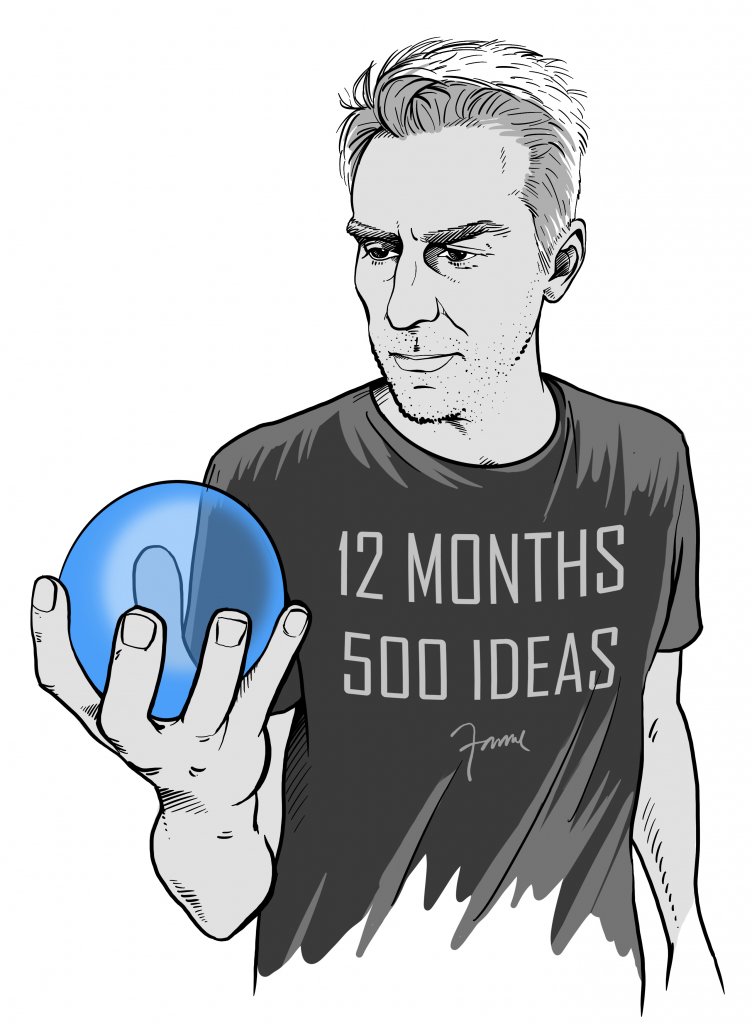
How does creativity help my bottom line?
Many mathematical models can be created for this how it helps your bottom line, but in my articles, I am using a basic correlation between starting a company with “an idea” to what that idea is worth. All those metrics are well known and the reason why I am making the connection between creativity and starting a company, is because a disruptive idea for a startup pretty much boils down to creativity. No disrespect to cafes or bakeries for example, but if your startup idea revolves around starting a basic corner café, I don’t put that in the category of a creative startup, which could generate astronomical value. You have X amount of seats in a café and your café is open for X amount of time per day. The absolute maximum revenue your café is able to generate is already pre-defined. I put that kind of company in the bucket of “innovation”…aka an incremental improvement to what is already known.
Should everyone in the organization be more creative or should we have key creative people?
Everybody should be creative in their roles. Even creative accountants. On top of that, every organization should have a chief creative officer, who is accountable for measurable creative throughput.
I think design thinking is for idiots. I don’t take a two-day first aid course and then apply “medical thinking” to my business nor do I then think I can do what a doctor does. Please don’t tell me you’ve gone over to the design thinking dark side?
I am not talking about design thinking here. Where most companies go wrong is in change management and implementation. You can hire a “design thinking” guru to give a lecture to your staff and after that lecture, everybody will think: that was interesting and they return back to doing what they were going 30 minutes ago. If proper metrics are not put in place, nothing will stick.
Why is it difficult for large companies to innovate?
Innovation is fairly straight forward for companies, but due to a large amount of red tape, even changing small things, gets difficult. I am really referring to creativity here, which is practically impossible for companies if they don’t even have people in the ranks who are accountable for results. Companies think, it all somehow magically happens, but what is more magical is that your star people are using your money and resources in order to work on their own business under your watch, whilst they can do their existing job with their left hand. Recipe for disaster.
How can I innovate better?
Read my Forbes article. Download the 6 step printout. Sticker it on your fridge and you are onto a flying start.
Isn’t lack of innovation a lack of budget and responsibility?
It’s a lack of intelligence.
Which teams should innovate?
Whether you are an accountant or lawyer, you can always innovate on how to do your job more effectively.
If everyone starts innovating will we be able to keep to our processes in check?
Voila…and there comes the chief creative officer who is the gatekeeper. If you don’t have it in place, all ideas just circulate in the air and nobody is catching them.
How do we know we’re on the right track with our innovations?
Nobody really knows before you start, but the trick is to implement it in your system and start building metrics behind it.
Won’t innovations lead to lots of silly side projects and trial balloons?
Yes. Such things as the internet, the computer, the relativity theory, the wheel, the satellite or electricity.
Won’t it be expensive to innovate?
It is far more expensive to run out of business.
The post Janne Kyttanen on Creativity in 3D Printing appeared first on 3DPrint.com | The Voice of 3D Printing / Additive Manufacturing.

